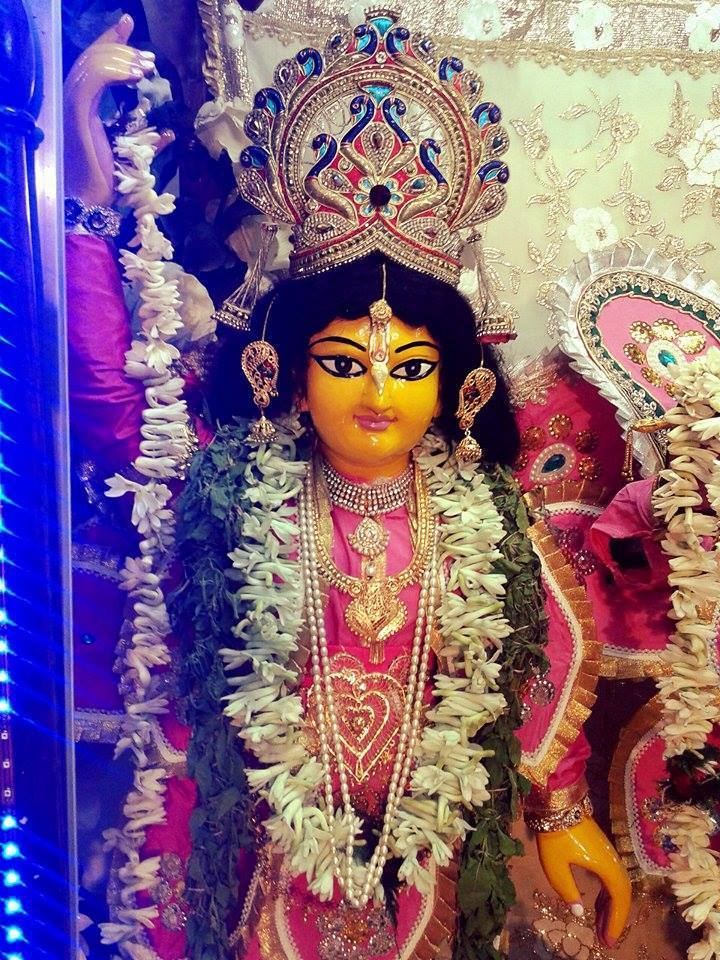 | ||
Gauranga is a term popularized by the Hare Krishna movement in the 1970s. It is derived from Sanskrit gaurāṅga (Devanagari गौराङ्ग) "having a white or yellowish body", a bahuvrihi compound from gaura "white, yellowish, reddish" and aṅga "limb, member; the body".
Contents
Gaurāṅga is a name of Krishna in Puranic literature, and in Gaudiya Vaishnavism in particular a name of Chaitanya Mahaprabhu (considered an incarnation of Krishna).
In Vaishnavism
Within Gaudiya Vaishnava tradition it is taken to refer to Chaitanya Mahaprabhu's golden skin complexion. Chaitanya Mahaprabhu was born in Mayapur, West Bengal, in 1486. His activities and teachings are described in detail in the book "Teachings of Lord Caitanya" and the multi-volume Chaitanya Charitamrita.
The term predates Chaitanya as an epithet of incarnations of Vishnu-Krishna, appearing in various Vaishna Puranas, for example in the Agni Purana (before 1100 CE),
prasantātma lambakanṭhas / gaurāṅgas ca sura-vṛtaḥ"the supreme Self, long-necked / and golden-limbed, surrounded by sages"Hare Krishna movement
Within ISKCON, A. C. Bhaktivedanta Swami Prabhupada propagated that whoever hears, reads, or speaks the name gaurāṅga is blessed with fortune and happiness due to Chaitanya Mahaprabhu's extraordinary saintly nature.
Stickers bearing the word Gouranga or stating "Call out Gouranga and be happy!" began appearing on bridges over motorways and railways in Scotland, the North of England and Wales from the mid-nineties onwards. Stickers and fridge magnets with the phrase have also been handed out by Hare Krishna monks at music festivals throughout the UK, such as Glastonbury and Download.
